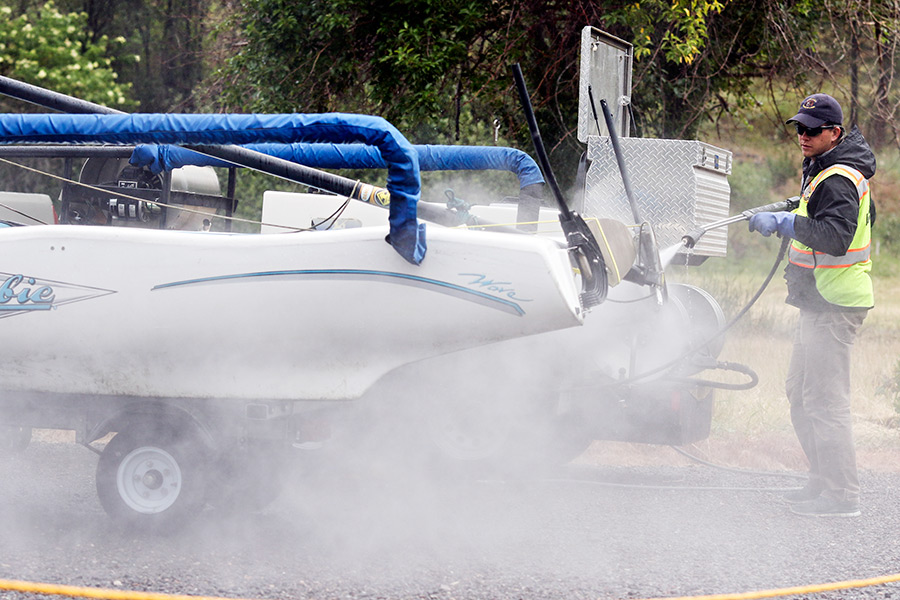Glacier National Park officials have issued an immediate interim boating closure on all park waters following the detection of invasive mussels elsewhere in the state. The closure, announced Nov. 10, applies to motorized and hand-propelled watercraft.
The response also includes an assessment period, which will involve testing, inspections, and an evaluation of the risk that boats pose to park waters. The assessment will likely continue through next summer, according to the National Park Service.
“Park scientists will work diligently with the State of Montana and other water quality experts to understand the scope of this threat, and identify steps the park will take to further protect our waters in the Crown of the Continent,” said Park Superintendent Jeff Mow.
Water samples from Tiber Reservoir east of Shelby tested positive for the larvae of aquatic invasive mussels, with similar tests from Canyon Ferry Reservoir near Helena showing “suspect” or inconclusive results, according to officials at Montana Fish, Wildlife and Parks.
FWP, along with other state and federal agencies and the Montana Invasive Species Advisory Council, are working to determine whether adult mussels are present in Tiber Reservoir and to get further test results on Canyon Ferry.
“This is the first positive test in Montana for the larvae of quagga or zebra mussels,” said Eileen Ryce, FWP fisheries division administrator. “Although we hoped we would never see these invasive species in Montana waters, we’ve been preparing for this possibility for some time, and we’re going to work together to address this threat.”
Recent site inspections at Tiber and Canyon Ferry did not turn up any established populations of adult mussels, but officials will be conducting more extensive inspections with the assistance of stakeholders such as dam operators, marina concessionaires and other groups.
The park’s Aquatic Invasive Species (AIS) Action Plan, established in 2014, calls for the closure and testing, as the park sits above three continental scale watersheds, and park waters drain into the Columbia, Missouri, and South Saskatchewan Basins.
“Protecting park waters from an infestation is important not only for the park’s ecosystem, but also to economic and ecological interests downstream,” the press release reads.
Since 2011, the park has aimed to reduce the risk of infestation by invasive mussels by mandating boat inspections and implementing a permit program that has issued some 1,000 motorized boat permits annually. This year, launch permits were issued to clean boats registered in 13 states with established populations of invasive mussels.
